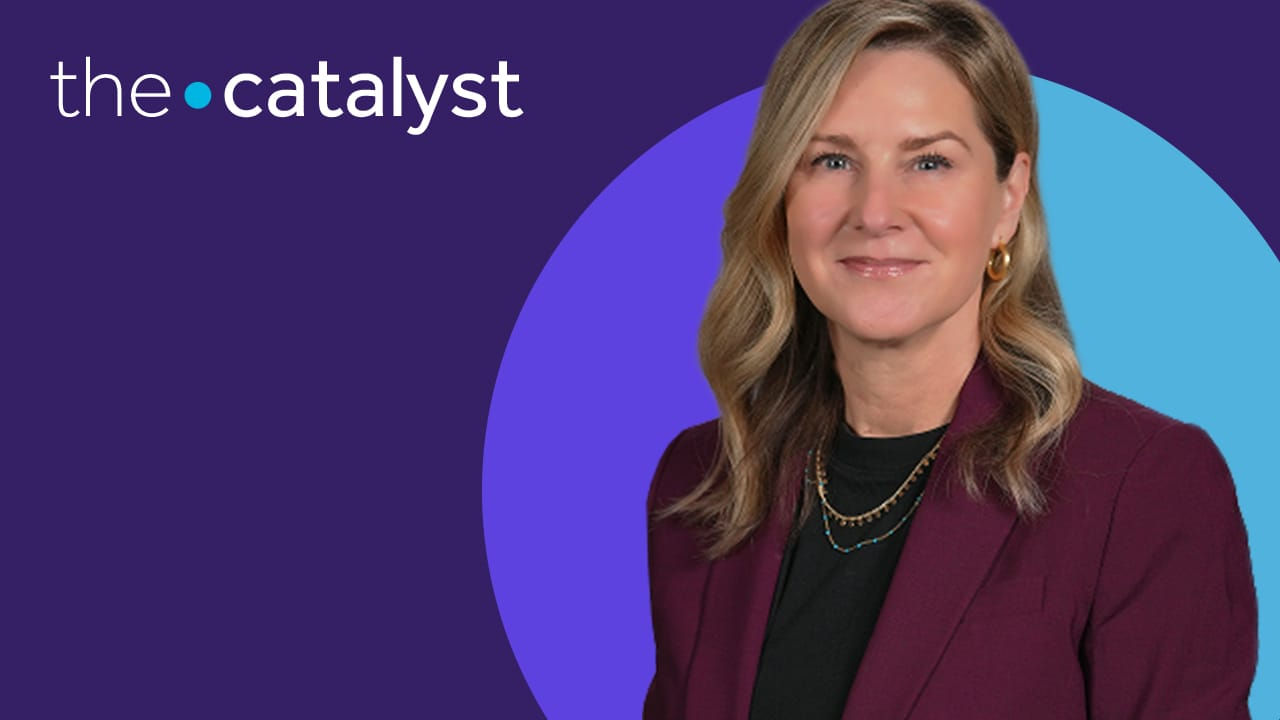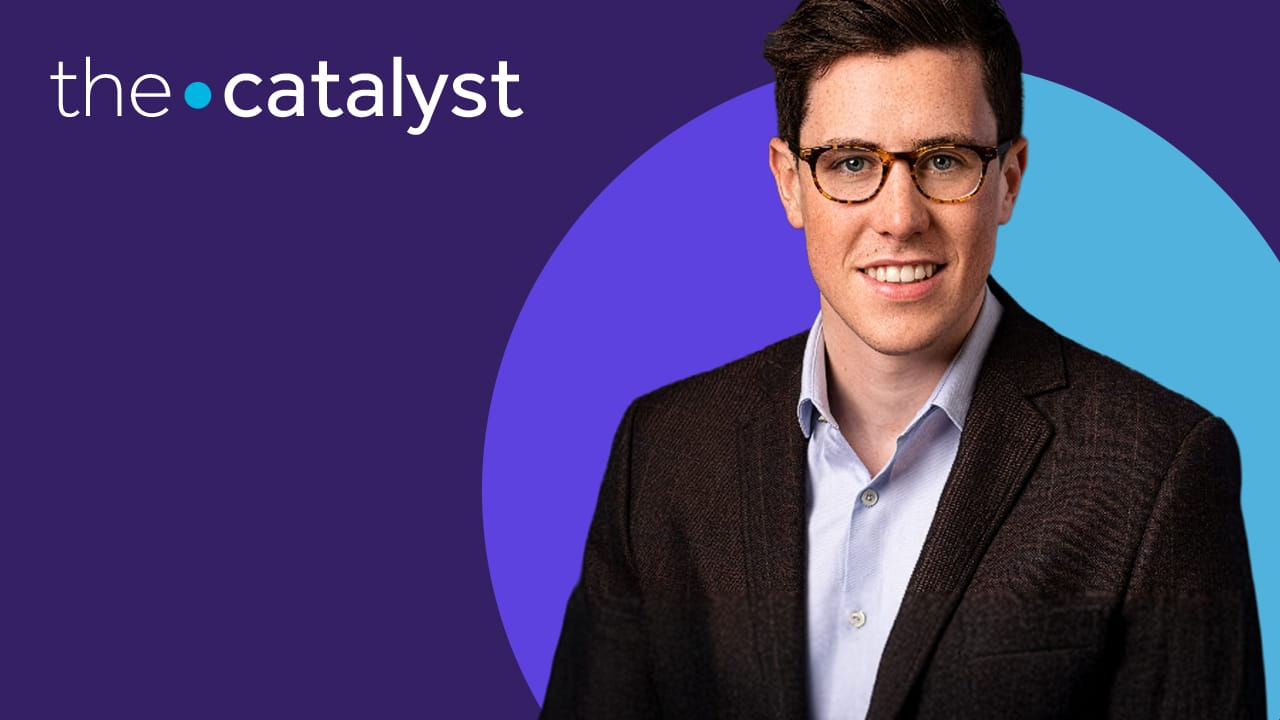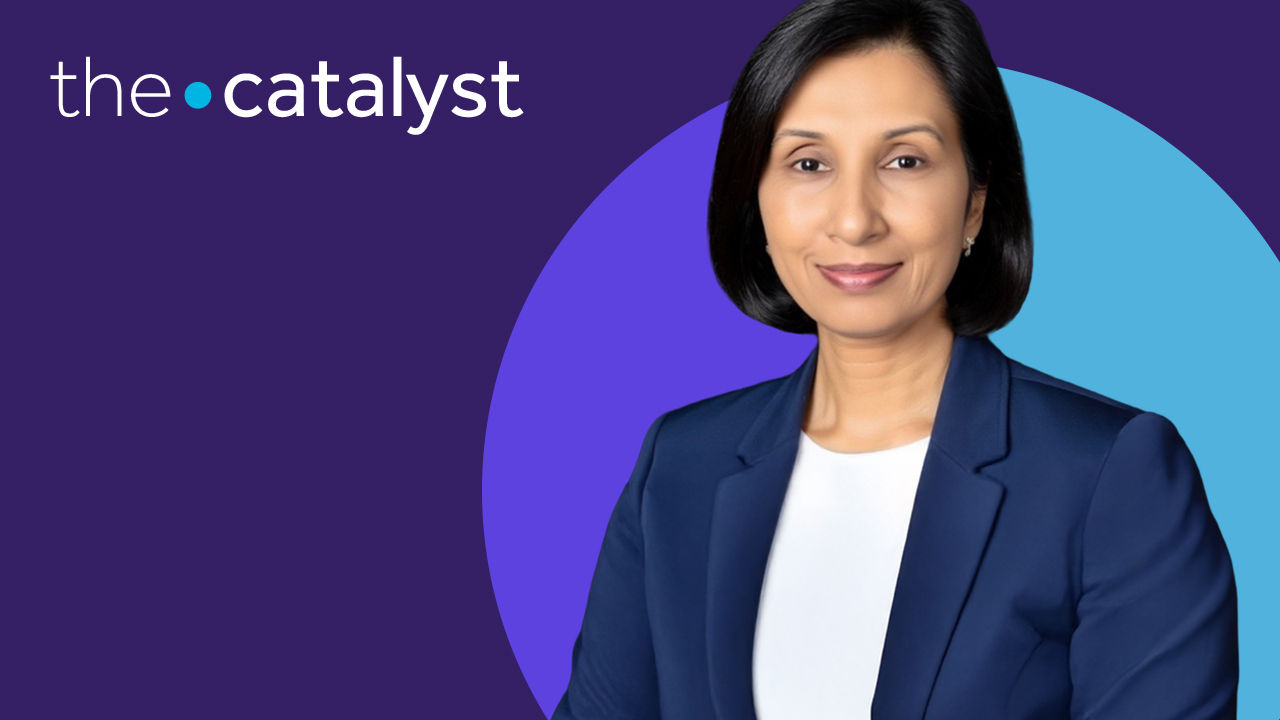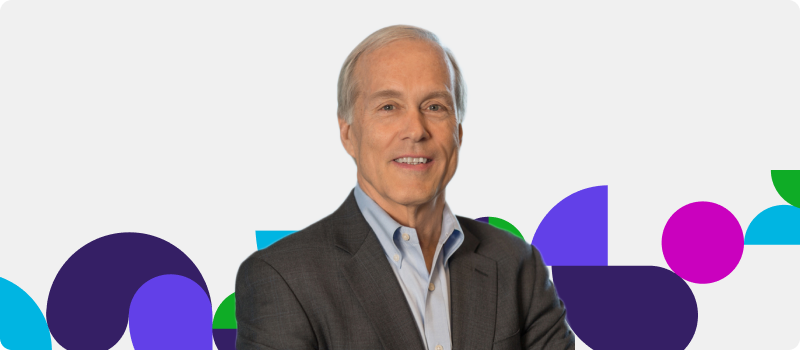Top takeaways from Forum 2025: real talk, real change in virtual care
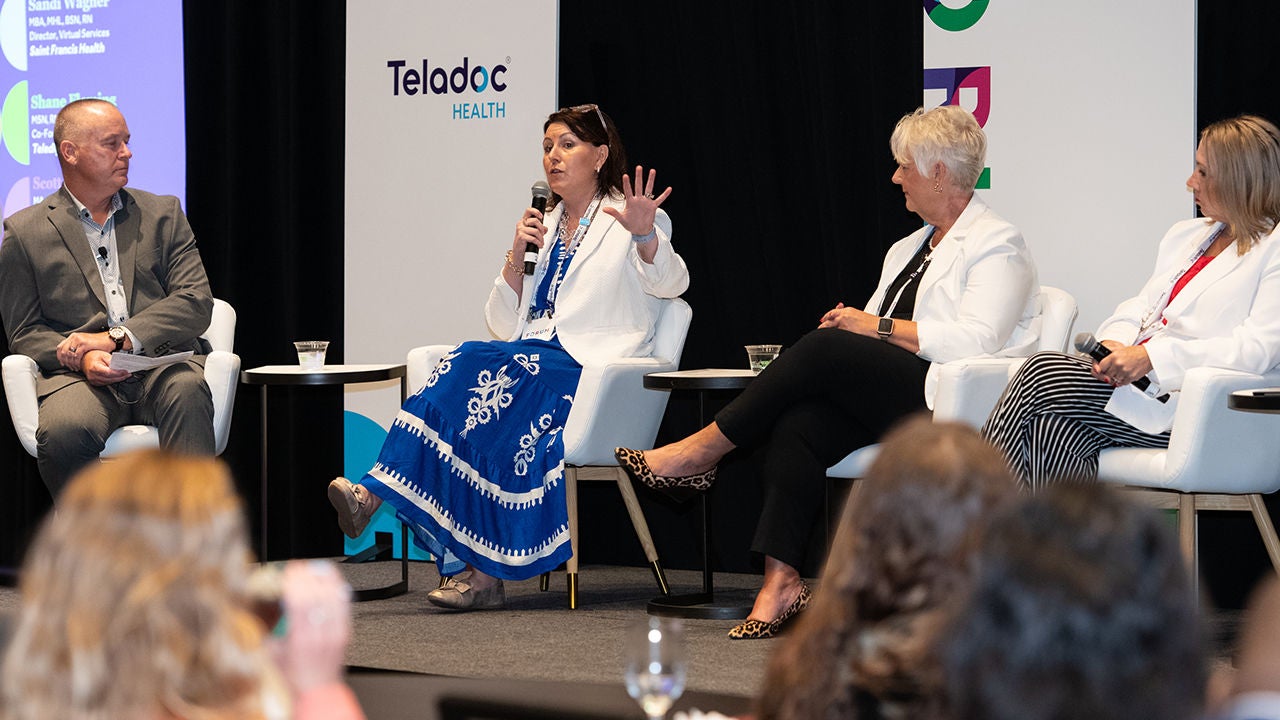
Forum 2025 highlighted the vital role of human connection and peer collaboration in driving meaningful transformation in healthcare. Key themes included the importance of strong change management, proving virtual care’s value beyond financial ROI, and the growing impact of AI in clinical operations. Leaders emphasized the need to streamline technology systems to boost efficiency and adoption while maintaining alignment with organizational goals. Most importantly, candid peer-to-peer dialogue emerged as a powerful catalyst for progress in navigating today’s complex, tech-driven healthcare landscape.
Amid all the talk of AI, virtual care and workflow redesign, what truly stood out at Forum was the power of human connection. Hospital and health system leaders didn’t just come to hear about the latest technologies—they came to share hard-won lessons, ask tough questions and lean into the kind of honest, peer-to-peer dialogue that accelerates real progress. The most impactful moments weren’t slides or demos, but the candid conversations in hallways and breakout rooms where best practices were unpacked, failures were acknowledged and bold ideas were tested. In an industry navigating complex, tech-driven change, this spirit of collaboration and shared learning was a powerful reminder: Transformation is a team sport.
Here are the top takeaways that defined the breakout sessions and the trends that are shaping the future of hospitals and health systems.
1. Driving sustainable transformation and buy-in with change management
A robust change management plan is essential to building a strong, high-functioning hybrid care team. While change can be hard, it is required in today’s environment. Nearly every conversation circled back to the importance of patience, stakeholder buy-in and thoughtful change management.
Organizations with mature, proven programs stressed the value of engaging bedside care teams early and often, continuously adapting workflows and maintaining structured rollout strategies.
2. The broader ROI: capturing impact beyond the bottom line
Beyond financial gains, virtual care can improve patient experiences and quality metrics, with benefits extending to care transitions, clinician responsiveness and overall satisfaction, driving better HCAHPS scores and Net Promoter Scores (NPS). The ability to articulate a strong business case for virtual care—grounded in financial, operational and clinical value—positions organizations for long-term success in an evolving healthcare landscape.
Leaders shared best practices on how to integrate financial performance metrics into enterprise strategy and how to ensure alignment with payment models and institutional goals.
3. Real results, today
Early AI use typically operated behind the scenes and revolved around optimizing scheduling, proactive IT system maintenance and simple decision-tree assistance. AI is now operating in a much more visible fashion, helping organizations and care teams optimize clinical resources and enhance patient and care team safety.
Health system leaders shared the clinical applications for AI to optimize care delivery in their organizations, including several that can leverage or augment existing virtual care tools and programs.
4. Consolidate your tech stack to drive adoption
Health system leaders discussed the burden of managing fragmented technology systems that complicate workflows, increase cost and hinder adoption. By eliminating duplicative technologies and unifying HIT systems on a scalable, all-in-one platform, hospitals can modernize effectively and optimize resource use, instead of supporting fragmented tools.
Attendees collaborated to identify programs, such as virtual sitting to support patient safety programs, that can help to scale resources while taking advantage of tech stack consolidation pressure for organizations with disparate telehealth solutions. Organizations making the most progress are strategically evaluating their tech stack and aligning investments to operational and cultural realities rather than adding layers of complexity.
“The beauty about Teladoc Health’s technology is we have been able to leverage this in many different use cases such as telestroke programs, virtual sitting and virtual nursing. We've been able to use those same technologies for provider-to-provider care as well as provider-to-patient care.”
Frank Sites, MHA, BSN, RN – Vice President, Connected Care Operations, Jefferson Health
5. Peer learning and strategic relationships accelerate change
The most powerful aspect of Forum 2025? The deep, impactful and candid exchanges amongst healthcare leaders.
In an environment built on trust and shared purpose, leaders were able to have open conversations that went beyond surface-level dialogue. These peer-to-peer exchanges offered a rare opportunity to pressure-test ideas, discuss challenges with those facing similar realities and explore strategic approaches to complex issues—from workforce constraints to innovation at scale.
Final thoughts
Forum 2025 reinforced what many healthcare leaders already know: Transformation doesn’t happen in silos, it happens through collaboration, shared experience and strategic dialogue. From practical insights on financial sustainability and innovation to the powerful peer conversations that sparked new thinking, the takeaways from Forum are already informing next steps in organizations across the country. As health systems navigate continued change, opportunities like Forum—to learn from and with one another—are not just valuable, they’re essential.





